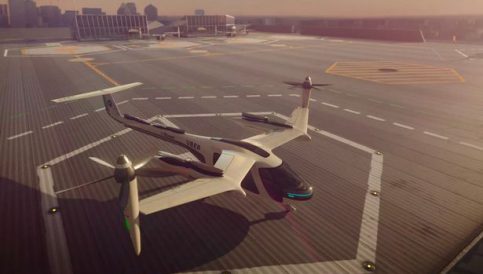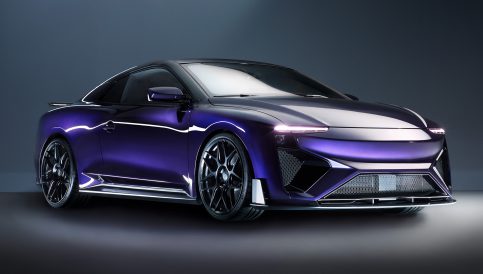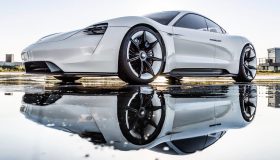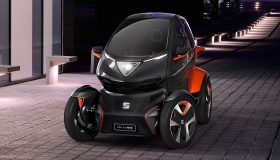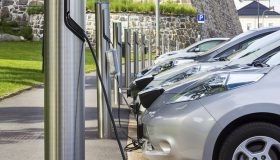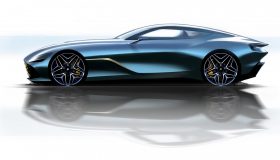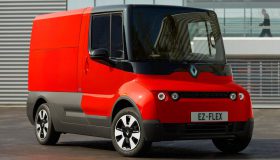The Skai by Alaka’i Technologies
The world’s first hydrogen-powered eVTOL aircraft.
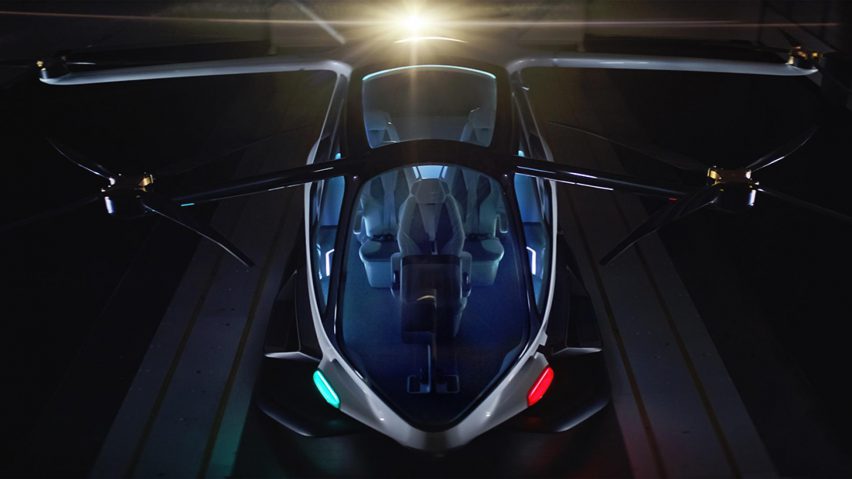
Alaka’i Technologies has unveiled the world’s first hydrogen-powered eVTOL aircraft. It’s called the Skai and it’s somewhat similar to Uber/NASA’s “flying taxi” project. It takes off and lands vertically, flies autonomously, and if it doesn’t trigger too much anxiety, perhaps you’ll be using it for your commute in the not so distant future.
The Skai was designed in collaboration with BMW Designworks, a branch of BMW that describe themselves as “the architects of the future”. According to Alaka’i boss Brian Morrison, the Skai offers a “practical, real-life solution to everything from relieving traffic congestion to delivering supplies during natural disasters.” The team has sought to keep it “clean, simple, safe, and accessible for everyone.”
It seats up to five passengers and can haul up to 1000lbs. It can travel at speeds up to 118mph, which isn’t particularly fast, but it was optimised instead to get around with minimum fuel consumption. Little is known about the specifics of its battery and drivetrain; a spokesperson has suggested liquid hydrogen fuel cells that contain 200x more energy than lithium ion batteries per unit weight- which could translate to a range of more than 400 miles.
Hydrogen fuel cells have several perks, but people are still highly suspect, making the Skai a bit of a gamble for Alaka’i. The truth is, people will be a bit concerned about safety. HFCs require a lot of supporting systems, making them much more complicated and prone to failure than alternatives… not what you want when you’re a couple hundred feet up. The team will need to work magic to obtain FAA approval.
Alaka’i assures us that it’s safe, though. Three hydrogen fuel cells power six electric motors, each powering a rotor. Even if two of them fail it can still land safely, and if all systems fail, a parachute will deploy, allowing the carbon-composite frame to float gently to the ground, hopefully not into high speed traffic. Alaka’i hopes to obtain FAA approval by next year, and to begin commercial production soon after. How much will it cost? Surprisingly little: $200,000.











